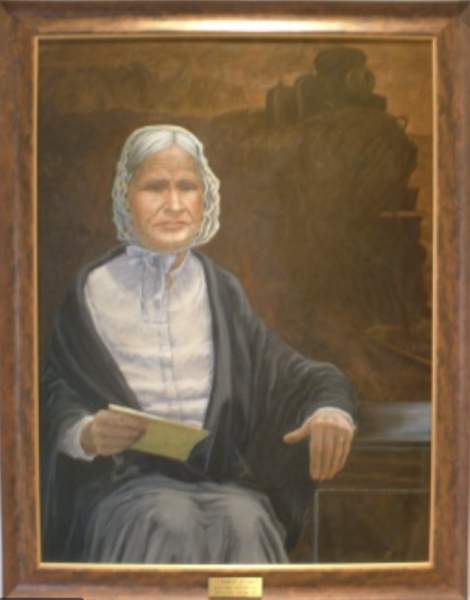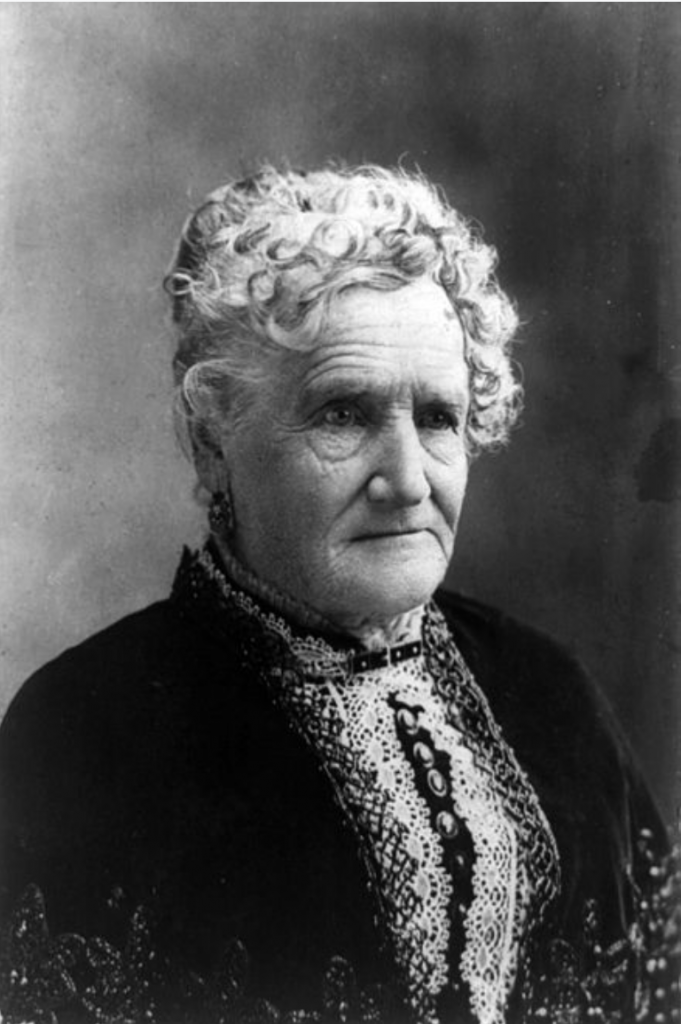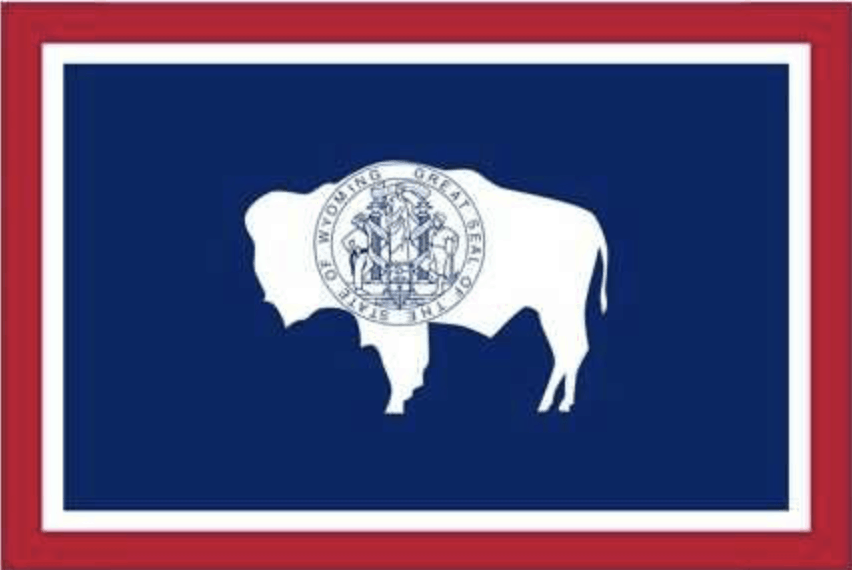Women who set a low value on themselves make life hard for all women. [Nellie Tayloe Ross]
The United States Constitution did not acknowledge the right of women to vote until 1920. It was initially determined that states could determine who voted and only New Jersey allowed women to vote. Women had to be landowners to vote, but so did men at that point. Unfortunately, in 1870 New Jersey removed slaves, aliens and women from the rolls, so no state in the country gave women full voting rights.
Women were, in some locales, allowed to vote in local elections, especially if they impacted children and education. For example, Kentucky allowed women to vote on taxes and local boards if they were heads of household in rural areas. And Louisa May Alcott, the novelist and poet was the First Woman registered to vote in Concord, Massachusetts in 1880. She devoted her time to persuading other women to exercise their franchise, restricted though it might be.
Before the Nineteenth Amendment, beginning in the later 1800’s, fifteen states provided full voting rights for women and Wyoming led the way. Wyoming had already decided that women schoolteachers should be paid the same as men and that married women could have property rights. In 1869, the president of Wyoming’s upper house proposed a bill granting women 21 years and older to vote. The bill passed and was signed into law that same year.
Louisa “Grandma” Swain

The story says that the following year, 1870, Louisa Swain was on her way to the yeast merchant when she passed a polling place and decided she might as well vote. She was the First Woman in the country to vote (legally, at least) in a general election. At the time, she was, according to a Laramie newspaper, “a gentle white-haired housewife, Quakerish in appearance.”
Esther Hobart Morris

Along with voting rights, women in Wyoming were permitted to serve on juries and to hold public office. The year following the passage of Wyoming’s voting law, in 1870, Esther Hobart Morris became the First Woman Justice of the peace. The story is that she replaced a justice who resigned, irate that women were being allowed to vote. She served the remainder of the term, almost nine months. During that time she presided over 27 cases. Some were appealed but none were overturned.
Wyoming Holds Fast
When the territory of Wyoming sought statehood, Congress demanded that they disenfranchise women. The territorial legislature telegrammed Congress. “We will remain out of the Union one hundred years rather than come in without the women.” Wyoming prevailed. Women continued to hold office in the state, and even reached the highest office in the land. It was five years after the Nineteenth Amendment passed, but once again Wyoming was first.
Nellie Tayloe Ross

In 1925, when her husband died in office as governor of Wyoming, Nellie Tayloe Ross was in dire financial straits. She had worked with her husband throughout his political career and decided to run for his office. She ran against her husband’s successor, who had filled a partial term before the election—and won. Obviously she received more votes than her opponent, but she also received more votes than her husband had received when he ran for the office.
She was not re-elected but remained in politics. Ironically, since she entered politics for financial reasons, Ross was appointed the First Woman Director of the U.S. Mint.
Lagging Now
Like a racehorse that is great at the gate but falls behind in the race, Wyoming may not have lived up to its potential. Wyoming did not elect a woman to Congress until 1995 and has never had a woman serve as a U.S. Senator.


Trackbacks/Pingbacks